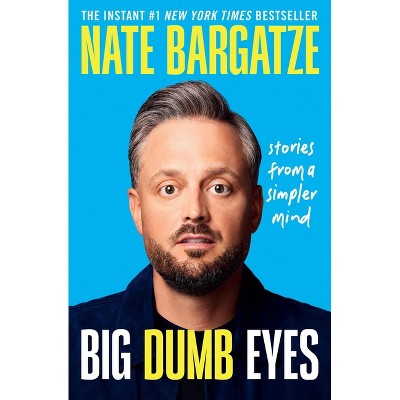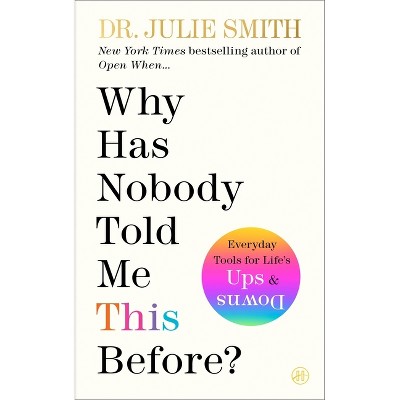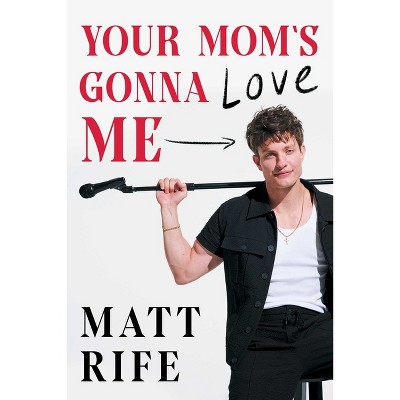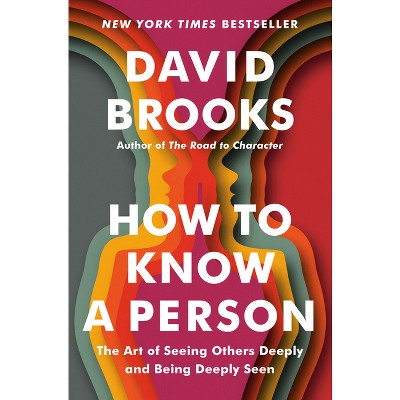About this item
Highlights
- In his first book of essays, Garrett Stewart demonstrates and reframes his formidable powers as a close reader of a vast range of texts: novels, films, songs, book art, digital media, and more.Among the most prolific and exacting readers of his generation, Stewart is renowned for his virtuosic interventions across a number of humanistic fields, including prose narrative, screen studies, and literary theory.
- About the Author: Garrett Stewart is the James O. Freedman Professor of Letters at the University of Iowa, USA, having previously held teaching appointments at Boston University, University of California at Santa Barbara, Stanford University, Princeton University, and the Universities of London (Queen Mary), Konstanz, and Fribourg (Switzerland).
- 304 Pages
- Literary Criticism, Semiotics & Theory
Description
About the Book
Perhaps the most prolific and exacting reader of his generation, Garrett Stewart's first book of essays - on close analysis of novels, literary theory, conceptual art,Book Synopsis
In his first book of essays, Garrett Stewart demonstrates and reframes his formidable powers as a close reader of a vast range of texts: novels, films, songs, book art, digital media, and more.Among the most prolific and exacting readers of his generation, Stewart is renowned for his virtuosic interventions across a number of humanistic fields, including prose narrative, screen studies, and literary theory. Elected to the American Academy of Arts and Sciences in 2010 and winner of the International Society for the Study of Narrative's prize for Novel Violence (2009), Stewart draws on these varied realms in his intensive readings of enduring works across media - ones worthy of a re-view and a closer look.
Closer Reading, like Stewart's writing more broadly, offers up-close analyses of novels, poetry, cinema, and conceptual art, including chapters on Gerard Manley Hopkins, Charles Dickens, Francis Ford Coppola, Stanley Cavell, and John le Carré. A collection a half-century in the making - yet brimming with critical notes from the vanguard - Closer Reading finds Stewart demonstrating, from sentence to sentence, a sustained rethinking of the value of close reading not just as a methodology but also as a cognitive disposition.
Leaving paranoid, symptomatic, and surface reading to the side, Stewart revels in the workings of sentences and the many senses of media. Such a "prismatic reading" affords insight into the spectrum of interpretation and the bent light of interaction, refraction, and diffraction. To dwell in the astute and generous line of Stewart's inquiry is to experience an exhilaration rare in critical commentary. Featuring full-length essays, including still-potent early publications and accompanied by an entirely new and wide-ranging interview with David LaRocca, Closer Reading provides a deep and satisfying critical survey of and immersion in Garrett Stewart's inimitable oeuvre.
Review Quotes
Garrett Stewart is arguably the finest close reader of English texts on the planet. This new book of essays
offers a cornucopia of delights on a wide range of literary and cultural topics. Its release is an occasion for celebration - and for devouring its contents as soon as possible.
N. Katherine Hayles, Distinguished Research Professor of English, University of California, Los Angeles, USA, and author of Bacteria to AI: Human Futures with our Nonhuman Symbionts
It is never enough for Garrett Stewart merely to write, down or out, the results of his reading, whether of
literature, film, or art. His impulse is rather to strain ever closer to the objects of his close readings, to attain a propinquity intimate enough to enter into composition with them. The results, in what Stewart calls the 'textual prismatics' arrayed here, are uniquely collusive alloys of reading and writing, which magically protract, dilate, and reinflame the works that they treat.
Steven Connor, Grace 2 Professor of English Emeritus, University of Cambridge, UK
To read Garrett Stewart's expansive readings is to enter an expanding world: texts, images, and forms come more alive than they were before we read his account of them. His attention to novels, films, art objects, and criticism enlarges our very senses and makes us see how active reading can be.
Frances Ferguson, Mabel Greene Myers Distinguished Service Professor of English, University of Chicago, USA
About the Author
Garrett Stewart is the James O. Freedman Professor of Letters at the University of Iowa, USA, having previously held teaching appointments at Boston University, University of California at Santa Barbara, Stanford University, Princeton University, and the Universities of London (Queen Mary), Konstanz, and Fribourg (Switzerland). He is the author of nearly 20 books, including Novel Violence (2009), which was awarded the Perkins Prize for the best book on narrative (International Society for the Study of Narrative), and Between Film and Screen (1999), which was a short-listed finalist for the Kraszna-Krausz Moving Image Book Award. In 2010 he was elected to the American Academy of Arts and Sciences.
David LaRocca is the author, editor, or coeditor of nearly 20 books, including Bandwidths: Reading Across Media with Garrett Stewart (Bloomsbury 2025), Attention Spans: Garrett Stewart, a Reader (Bloomsbury 2024), The Geschlecht Complex (Bloomsbury 2022), and Inheriting Stanley Cavell (Bloomsbury 2020). He has taught philosophy and cinema and held visiting research or teaching positions in the United States at Binghamton University, Cornell University, Harvard University, Ithaca College, the School of Visual Arts, the State University of New York College at Cortland, and Vanderbilt University.Shipping details
Return details
Trending Book Pre-Orders

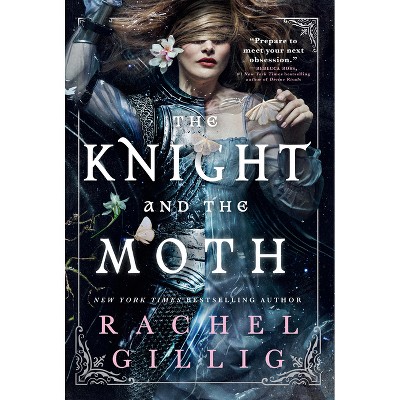



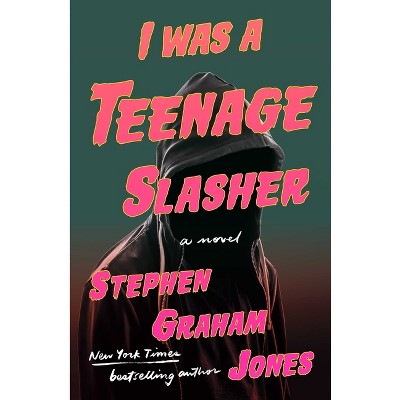
Discover more options
